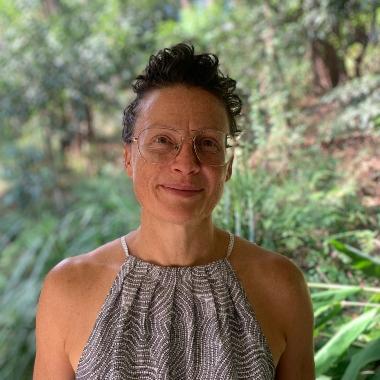Clothing patent research reveals hidden history of women’s sport
Primary page content
Unique research into thousands of historic clothing patents has revealed a hidden history of innovators and inventive clothing that helped women defy political and societal restrictions barring their access to living active and sporting lives.
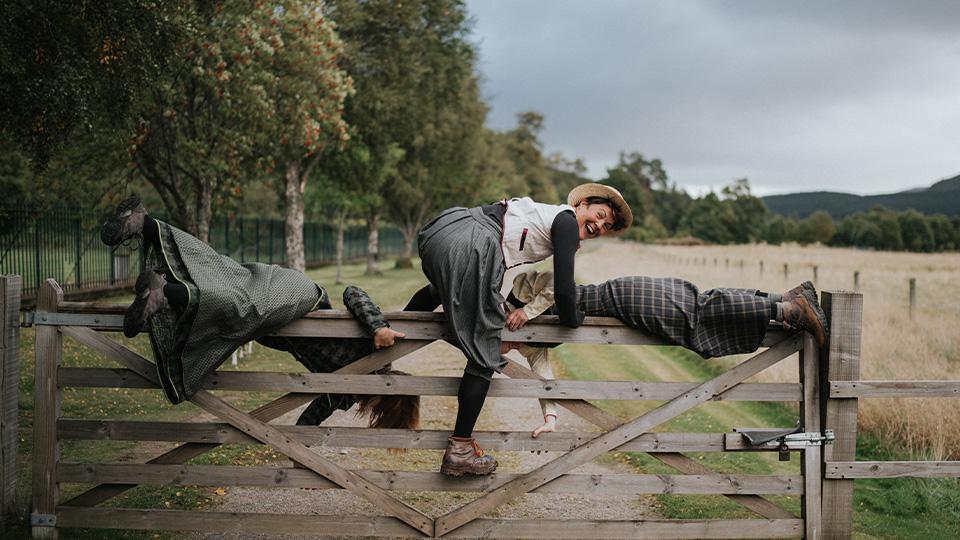
For the first time, a selection of extra-ordinary active and sportswear patents from the 1890s to the 1940s have been bought to life by Goldsmiths sewing sociologist Dr Katrina Jungnickel and her team at the Politics of Patents (POP) project funded by the European Research Council.
Dr Kat Jungnickel said: “Clothes patent archives are a veritable treasure trove of inventiveness. We’ve unearthed hundreds of clothing inventions for and by women for all kinds of sports and activities. They reveal the extraordinarily ingenious ways that women have challenged the status quo to do what they’ve loved while forging the path for future generations.”
They were tried on and tested out by the Adventure Syndicate and Mór Diversity consultancy, organisations holding brands and government to account for their equity, diversity and inclusion policies and inspiring and encouraging participation in sports and activities for everyone.
Both the research by Dr Jungnickel and putting the clothing through their paces highlight how women’s participation in outdoor activities and sports remains a contentious issue.
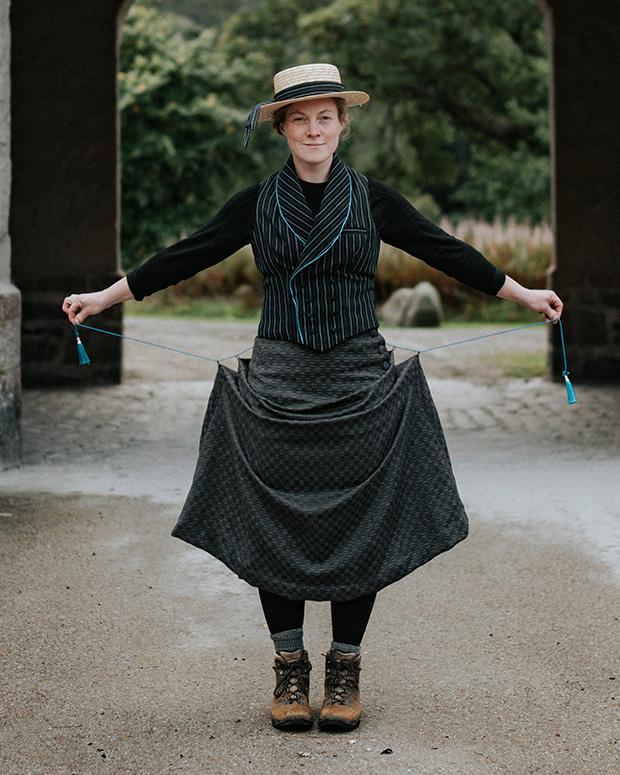
Alice Lemkes in Agnes Henderson’s 1896 “Improved Cycling Skirt”
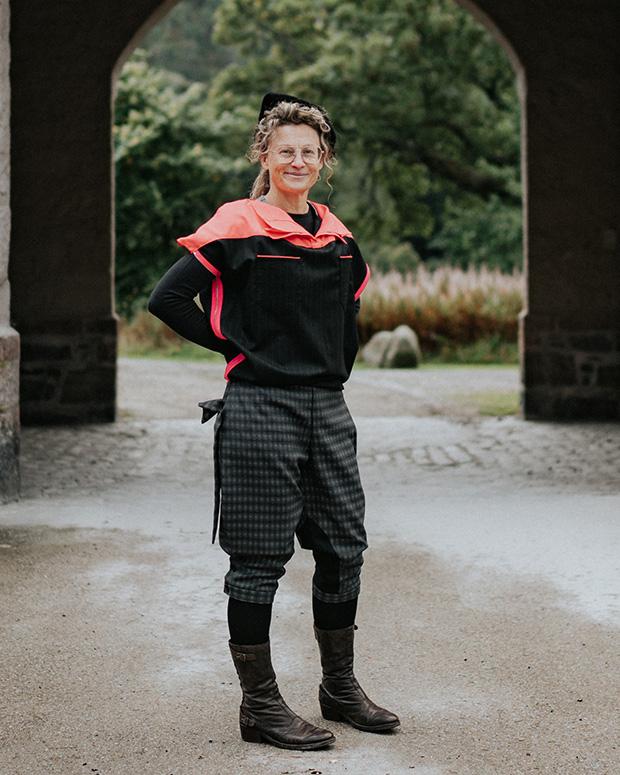
Kat Jungnickel in Edith Foltz’s 1937 “Convertible Skirt and Skirt”
Who gets to be sporty and active was one of the key questions that emerged from the POP project that explores 200 years of clothing inventions from 1820 to 2020. Delving into 120 million publicly available open-access patents from the European Patent Organisation provided valuable social science data revealing information about inventors, their lives and the problems that concerned them. Working with this data enabled the research to get below the surface of conventional sporting histories.
Because women were rarely the focus of sportswear manufacturers, they had to either borrow or adapt existing menswear, go without, or invent it themselves. And because they had to work around social and political limitations and restrictions, these inventions often had to do more than one thing. While they might look ordinary on the surface, many are convertible, multiple, and hidden.
Further analysis into genealogical data and from periodicals and newspapers of time were used to thicken insights emerging from the research. Unable to access surviving clothing, the research team used a method called “Speculative Sewing”, to reconstruct five patents - one for each decade making up the period of research. The collection includes:
- A skirt that converts for city, country, and touring cycling
- A skirt that converts into breeches for horse-riding
- A skirt that converts into an all-in-one aviator costume
- A skirt that converts to a cloak for mountain climbers
- A combination garment for travellers to go tobogganing, cycling, and hiking
The inventions were then put through their paces with The Adventure Syndicate and Mòr Diversity in a week of outdoor activity that comprised running, hiking, climbing, cycling, swimming, hunting and horse riding in Scotland’s Cairngorms. These experiences were turned into a short film called “Women On The Move”.

Lee Craigie in Paul, Hanno and Fritz Roßler’s 1909 “Combined Ladies’ Overall and Sporting Costume”
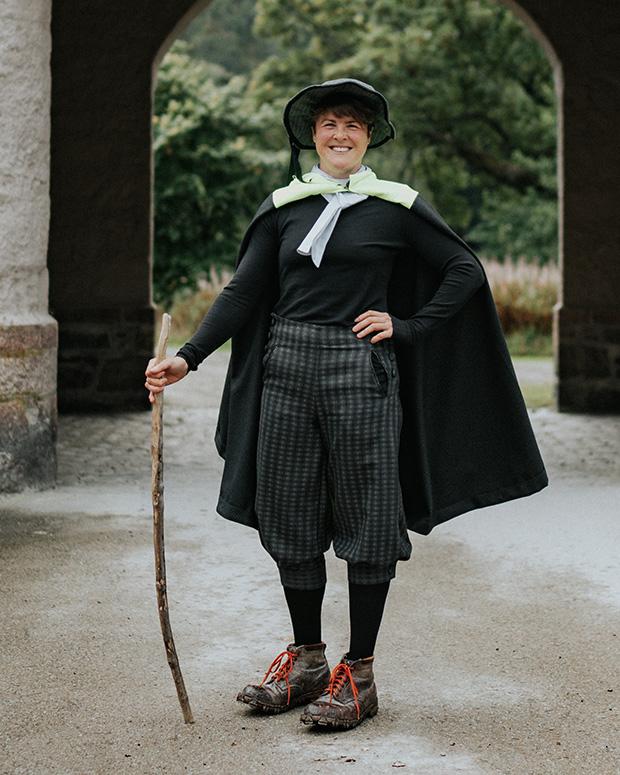
Phillipa Battye in Beatrice Bankhart’s 1910 “Sporting Garment”
Dr Kat Jungnickel said:“Women and girls have always been sporty and active, but they’ve had to work around significant barriers to their freedom of movement. In addition to being hampered by negative social attitudes, even when women carved out ways to participate in sports, they rarely had appropriate things to wear because they have seldom been the focus of sportswear manufacturers. So, we looked for stories hidden from history, hidden in the archive, and hidden in the garment itself and we were amazed by the results.”
Lee Craigie, Ambassador for Active Travel for Scotland, a former professional mountain biker who represented Great Britain in the 2011 and 2012 World Mountain Bike Championships and founder of The Adventure Syndicate said: “The Adventure Syndicate came from an idea that we could set up an organisation that presented alternative sporting role models that weren’t about what you looked like, but how you performed and how you felt."
Alice Lemkes from The Adventure Syndicate said: “What has been so brilliant about our involvement with this project has been the opportunity to place ourselves in a lineage of brave, creative women who have been challenging the patriarchy and trailblazing change in extraordinary and very ordinary ways, and who will have felt that special feeling of being awesome with other women for hundreds of years. The chance to be a part of this research, and to literally, materially, step into the past and walk with our foremothers was something we couldn’t and wouldn’t pass up.”
Aneela McKenna, Founding Partner of Mòr Diversity Consultancy said: “At Mor Diversity, we’re committed to inclusive practices where everyone can contribute and participate and share diverse perspectives, new ideas and fresh thinking. What I love about the inventions in this research and film is how creative people were in dealing with the challenges they faced. We can learn a lot from them, as there’s still much to do. There are still many who believe that women and girls shouldn’t take risks or do things that put them in difficulty. But I can’t thank those inventors enough for what they must have put themselves through to get us to where we are today.”
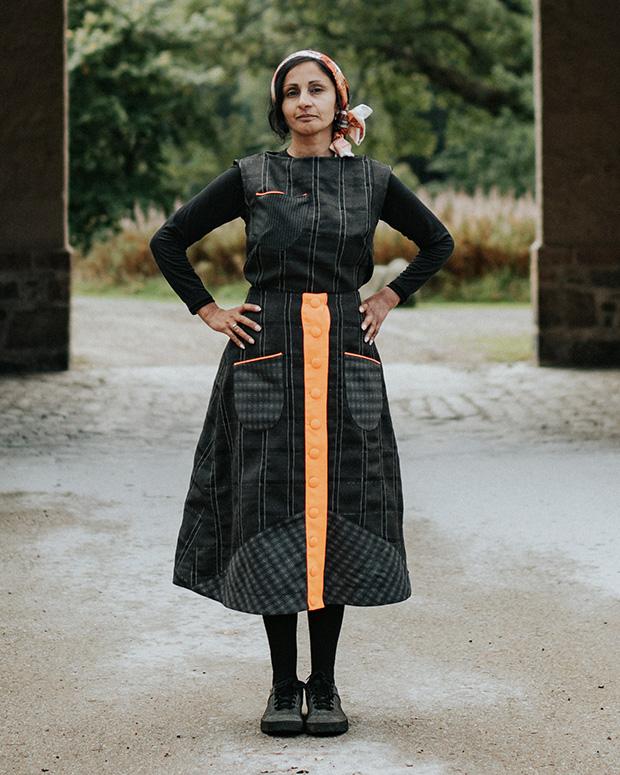
Aneela McKenna in Corallie Thoma’s 1920 “Convertible Skirt & Breeches”
Goldsmiths Dr Kat Jungnickel, Lee Craigie, Phillipa Battye and Alice Lemkes from The Adventure Syndicate and Aneela McKenna from Mor Diversity demonstrating the invention collections.
More about the research is available in the journal article “Convertible, multiple and hidden: The inventive lives of women’s sport and activewear 1890–1940” published in the Sociological Review.
The full "Women on the Move" film is available to watch on YouTube.
